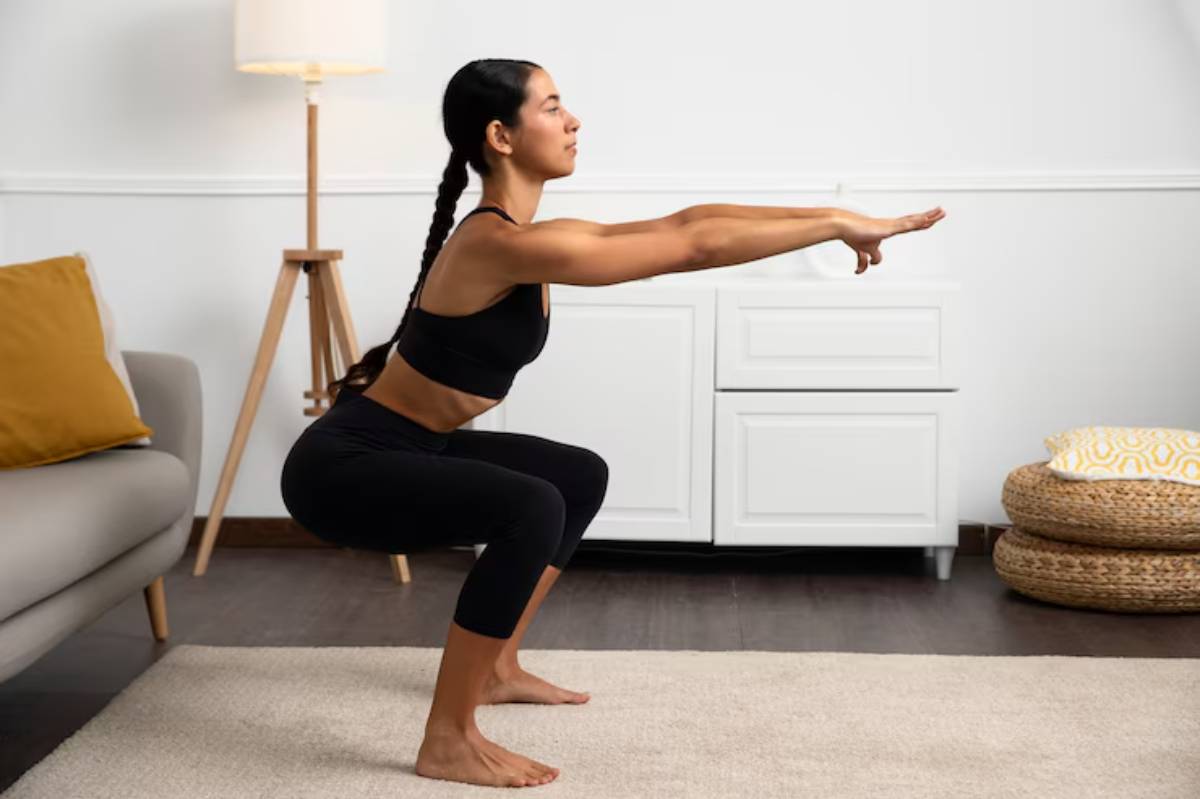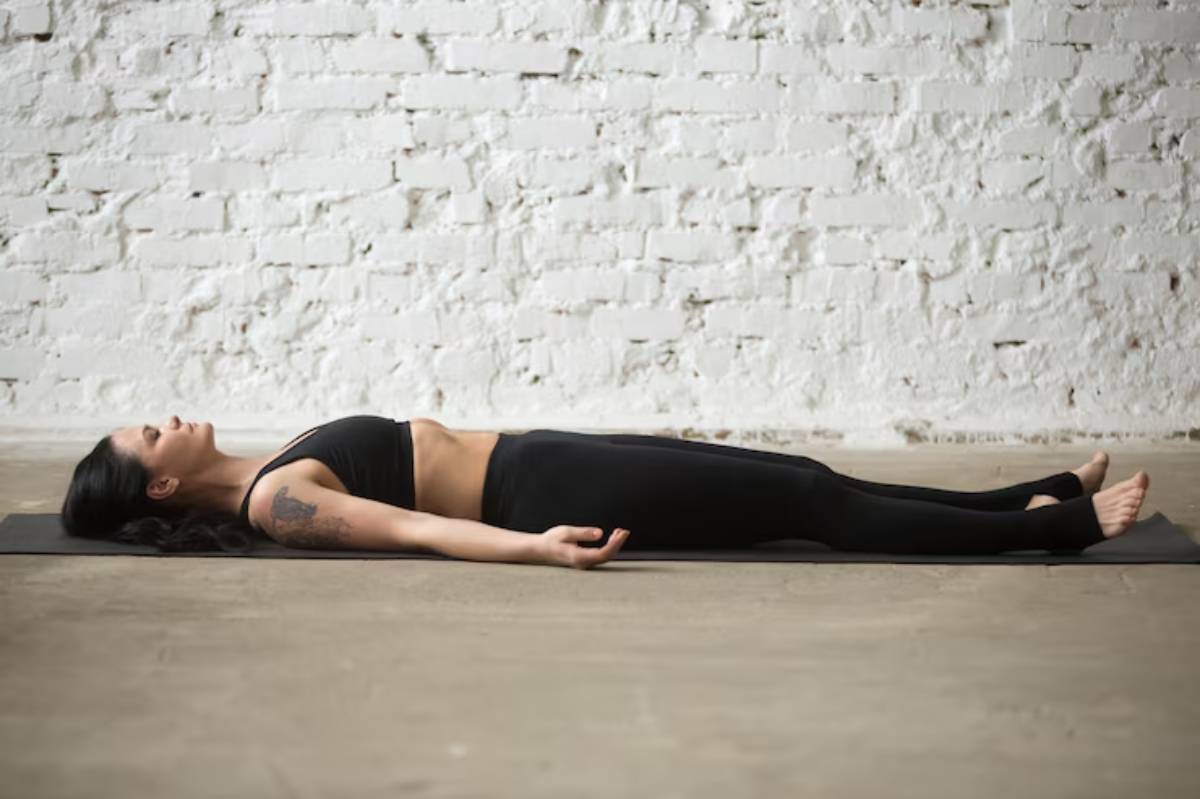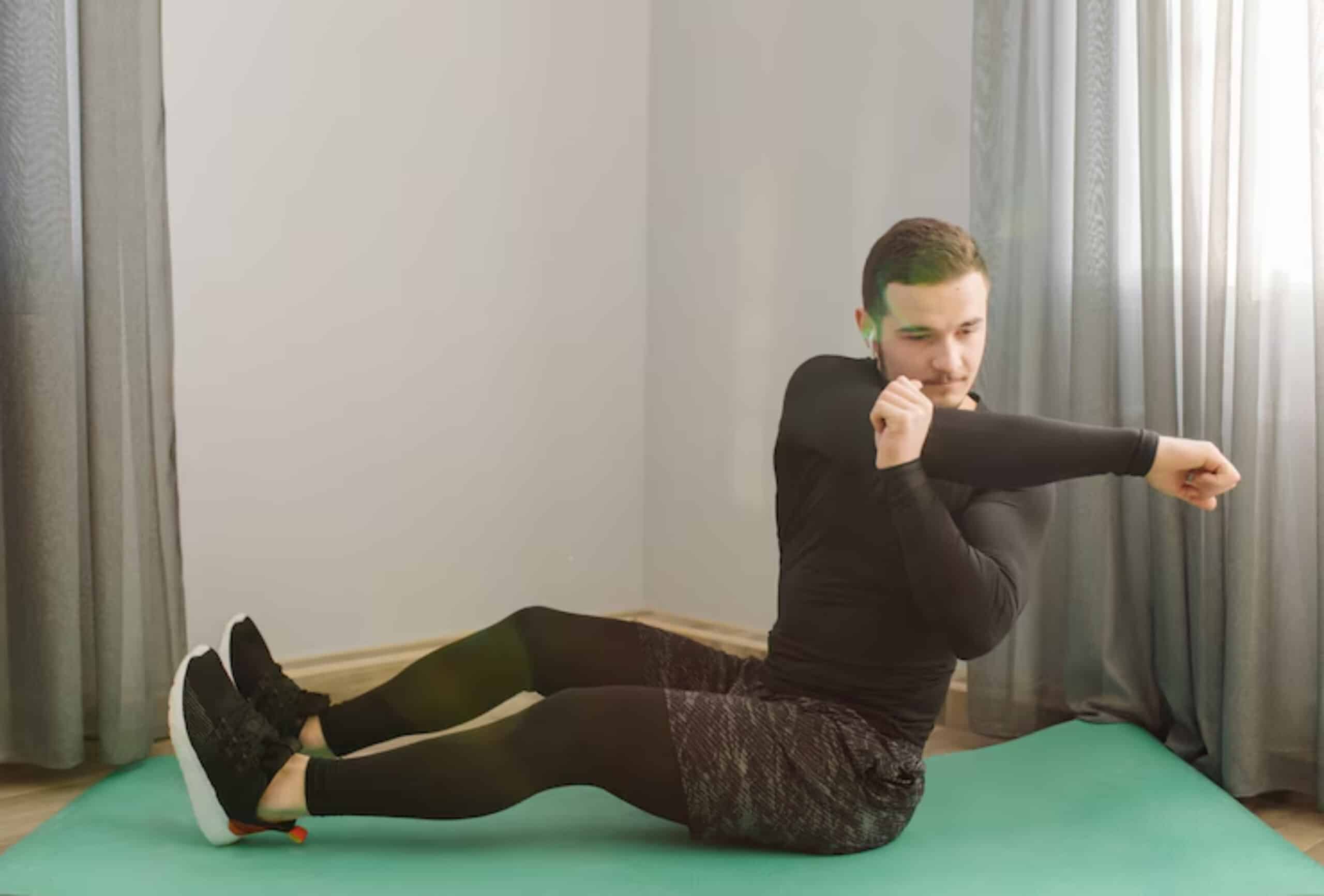
How Yoga Enhances the Mind-Muscle Connection
You’ve probably heard the phrase “mind-muscle connection” in strength training. Maybe you’ve been told to “squeeze your glutes” or “engage your core” during an exercise. But what if you’re not sure what that really means, let alone how to improve it?
That’s where yoga steps in. Yoga does more than stretching or breathing. It creates deep neuromuscular awareness. This awareness connects simple movement to intentional movement. Adding yoga to your fitness routine boosts flexibility and recovery. It also improves how your brain communicates with your muscles.
In this blog, you’ll discover:
- What the mind-muscle connection is (and why it matters)
- How yoga enhances awareness, activation, and control
- Breathwork, poses, and flows that build neuromuscular strength
- Real-world stories of performance and injury prevention
If you’re ready to lift smarter, train more effectively, and feel every rep, keep reading.
What Is the Mind-Muscle Connection?

A Quick Definition
The mind-muscle connection is your ability to focus on certain muscles while you move. It’s rooted in neuromuscular communication—how your brain tells your body what to do.
- Good connection: You activate the intended muscles efficiently.
- Poor connection: You compensate with surrounding muscles and lose effectiveness or risk injury.
Research shows that when you think about your muscles, such as “contract your biceps,” you use more muscle fibres. Focus on action instead of the weight. Think “lift the weight.” This mindset works well for strength and hypertrophy training.
Why This Matters in Strength Training
A stronger mind-muscle connection leads to:
- Better muscle recruitment
- Improved form and technique
- Injury prevention due to better alignment
- Increased motor control and coordination
- Deeper muscular engagement in isometric or slow movements
It doesn’t matter if you lift weights, do Pilates, or run. Being more aware can help you perform better and stay active for longer.
Why Yoga Is a Powerful Tool for Mind-Body Strength Training
1. Slow, Intentional Movement
Yoga forces you to slow down and feel each movement. Unlike fast-paced lifting sets, yoga builds control, stability, and focus.
2. Integrated Isometric Holds
Warrior II and Plank work many muscles. They also need your focus and breath control. This mirrors neuromuscular activation training used in sports therapy.
3. Breath Awareness as a Body Scanner
Yoga teaches you to pair movement with breath control. This helps you listen to your body. You can make small changes for better alignment and engagement.
4. Nervous System Calibration
Yoga taps into your parasympathetic nervous system, balancing stress levels. This calm focus enhances body awareness and strengthens neuromuscular memory.
Top Yoga Techniques for Neuromuscular Activation
1. Isometric Poses
These poses demand stillness, balance, and micro-adjustments:
- Chair Pose (Utkatasana): Fire up the quads, glutes, and core
- Warrior II (Virabhadrasana II): Strengthens glutes, shoulders, and legs
- Boat Pose (Navasana): Deep core activation with spinal stability
2. Breath-Led Movement
Linking breath with movement enhances your body’s feedback loop.
Try this in Cat-Cow Pose:
- Inhale: Arch spine, expand chest
- Exhale: Round spine, contract abs It creates rhythm, intention, and fluidity.
3. Contralateral Patterns
Cross-body movements, such as Bird-Dog Pose and Twisting Warrior, boost neuroplasticity. They also enhance core control. This is vital for sports and functional training.
4. Sensory Cues
Yoga teaches you to notice:
- Where your foot presses into the mat
- If your hips are square
- Whether your core is engaged or slacking
This awareness translates directly to better lifts and reps in the gym.
Sample Yoga Flow for Mind-Muscle Activation
Here’s a 15-minute yoga sequence that boosts neuromuscular awareness:
Warm-Up (5 Minutes)

- Cat-Cow (Spinal Awareness)
- Low Lunge with Reach (Hip Flexor & Core)
Activation Flow (8 Minutes)
- Chair Pose with Breath Focus
- Warrior II to Side Angle (Leg + Shoulder Activation)
- Plank to Downward Dog (Core + Shoulder Mobility)
- Boat Pose with Slow Breaths (Neuromuscular Core Focus)
Cool Down (2–3 Minutes)
- Seated Forward Fold (Feel passive tension release)
- Supine Twist (Notice imbalances and breath depth)
Real-Life Example: Zoe’s Story
Zoe, a 38-year-old runner, struggled with hamstring tightness and frequent knee issues. Her PT recommended more glute activation, but she couldn’t feel her glutes.
After two weeks of yoga, especially Warrior and Bridge Poses with breath control, she noticed:
- Improved glute engagement during runs
- Reduced knee pain
- Better posture and core stability
“Yoga helped me connect with my body again. I now feel where I’m weak and how to correct it.”
Yoga Awareness in Everyday Strength Work
Use yoga awareness to upgrade your regular training:
- During squats: Focus on grounding through your feet like in Mountain Pose
- During deadlifts: Engage lats with the same shoulder awareness as in Plank Pose
- During core work: Use Boat Pose breathing to stabilise under load
- During cooldown: Use Supine Twist or Legs-Up-the-Wall to reset and reflect
Check out “Integrating Breath With Strength-Based Flows” to learn how to blend breath and effort. Also, explore “Pranayama for Strength Performance” for more in-depth breath drills.
How to Build Your Own Mind-Muscle Yoga Practice
Start Simple
Use 3–5 poses, holding for 3–6 breaths each. Focus on feeling activation, not chasing flexibility.
Be Curious
Scan your body. Ask:
- Is my core engaged?
- Am I overcompensating on one side?
- Where am I holding tension?
Use Props
Blocks and straps can help enhance precision and feedback, especially in balance poses.
Layer Progression
Once you feel good with stillness, add some dynamic movements and light resistance. For example, practice yoga with resistance bands.
Science Behind Mind-Muscle Engagement
Modern neuroscience supports yoga’s ability to enhance movement quality:
- Electromyography (EMG) shows higher muscle activation with internal focus.
- Yoga improves proprioception (your sense of position in space), reducing injury risk.
- Breath-centric training improves autonomic regulation, aiding recovery and performance.
Reference: Schoenfeld et al., 2018; Grooms et al., 2015 (on neuroplasticity in rehab)
Who Benefits Most from Yoga-Based Mind-Muscle Training?
- Weightlifters & Bodybuilders: For peak hypertrophy and form.
- Athletes: For balance, coordination, and injury resilience.
- Rehab Clients: Reconnecting to previously injured or atrophied muscles.
- Beginners: Learning proper activation from the start.
- Desk Workers: Undoing imbalances from sedentary posture.
Common Mistakes to Avoid
- Rushing through yoga sequences without focus.
- Treating yoga as only stretching is incorrect.
- Ignoring breath cues
- Trying to mimic shapes instead of feeling the muscles engage.
- Comparing your mobility to that of others.
“Yoga is not about touching your toes. It’s about what you learn on the way down.”
Conclusion: Train Your Mind to Strengthen Your Body
You don’t need more reps or heavier weights to train better. You need deeper intention, and that starts with awareness.
Yoga helps you tune in, not tune out. It makes every movement smarter, every rep stronger, and every breath more efficient.
By embracing mind-body strength training, you’re not just building muscle. You’re building mastery.


